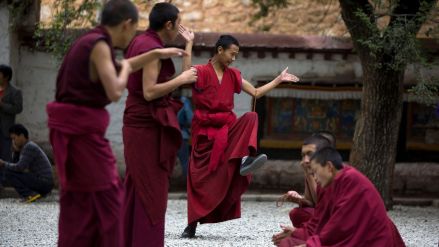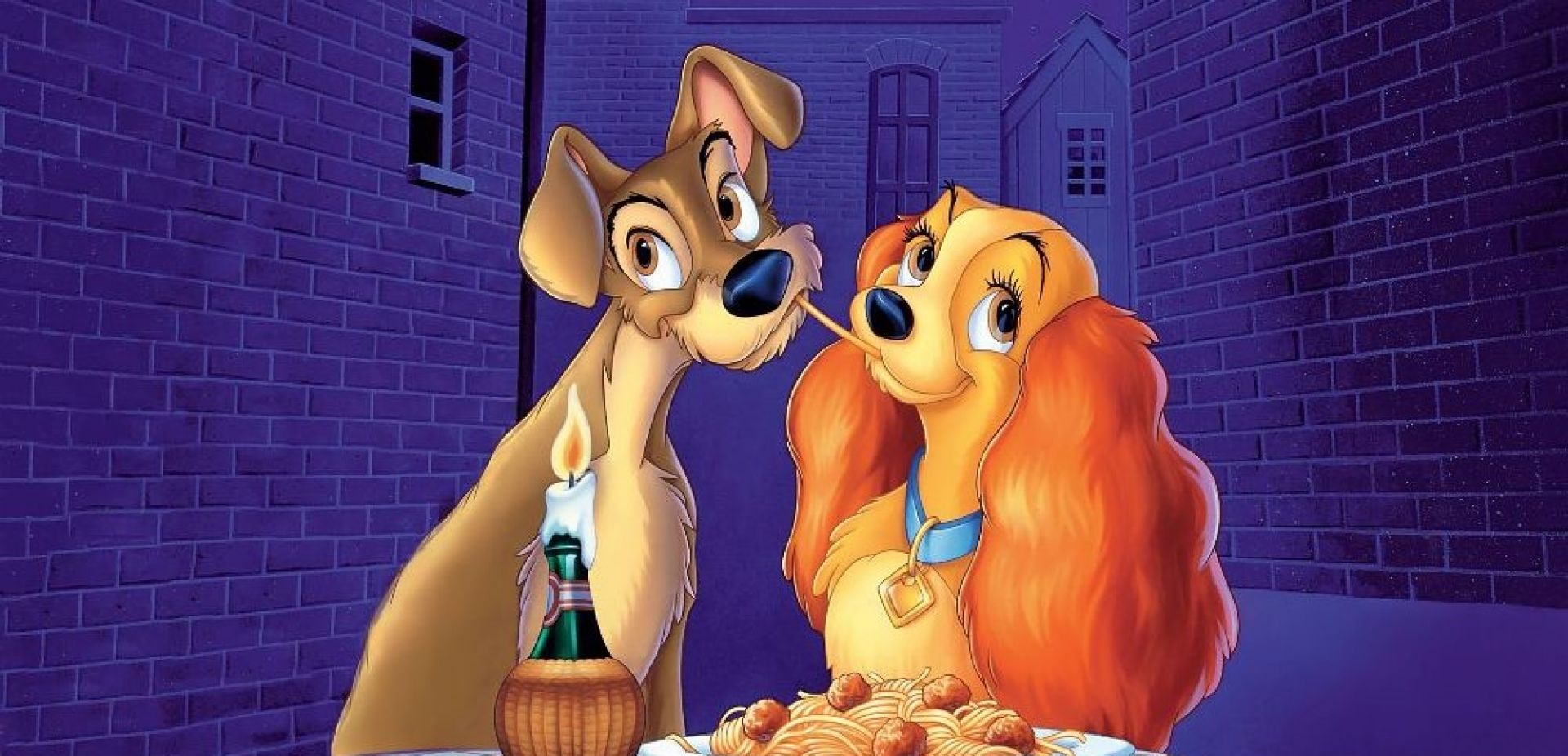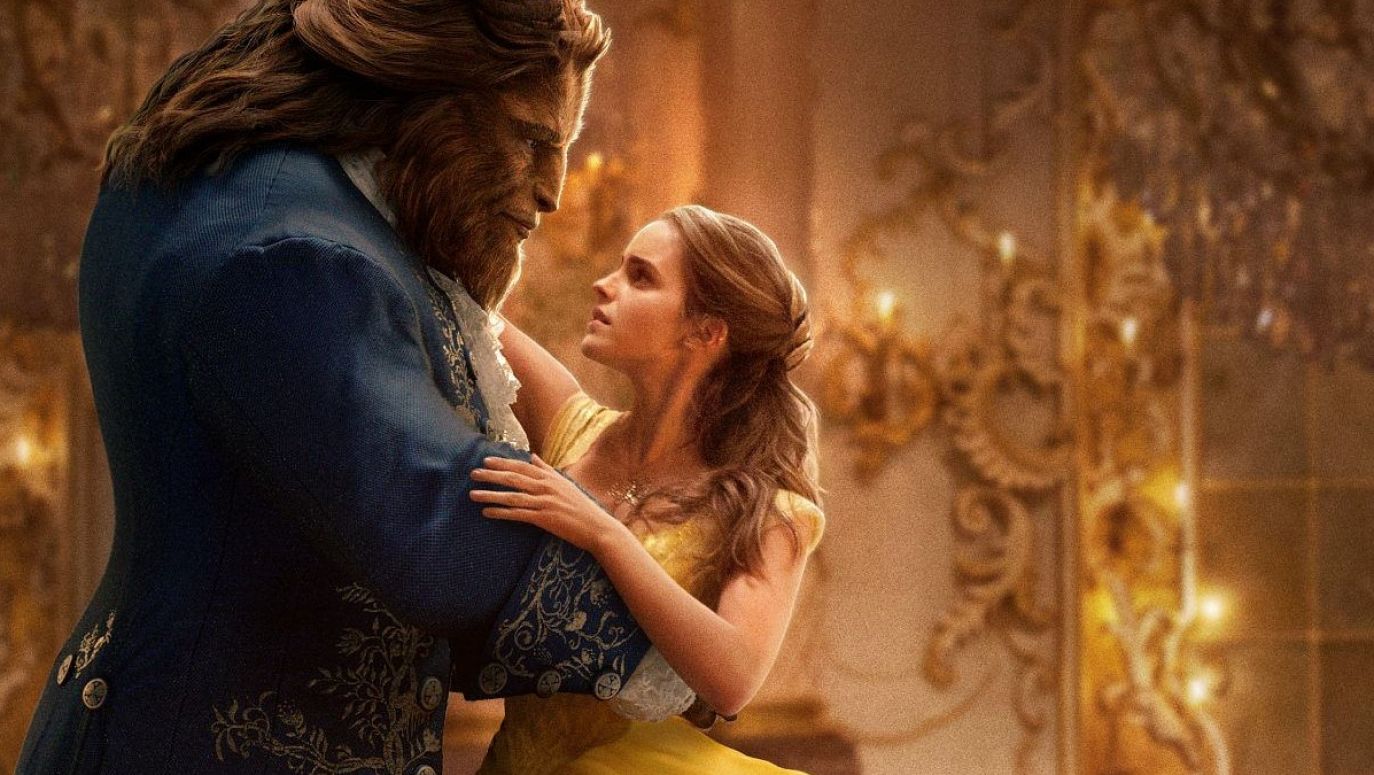
Is childlessness one of the strategies for the duration of the human race?
see more
As we discuss the American analyses, there are interesting consequences from the point of research on human population and evolutionary genetics. Well, if it’s not completely indifferent who we choose as a sexual partner and potentially as the parent of our children, then it is no longer accidental what these children are genetically like. And so far, all evolutionary models assume such randomness. Among humans, this is not as simple as in animals such as apes or wild horses, where there’s usually a male surrounded by his harem. This male became the main sperm donor for the group of females as a result of fights with other males aspiring to this role - and winning these fights. In a situation where the choice of a partner is free and faithful for at least one breeding season, it matters whether we match at random or similar with similar (which will strengthen certain features in the offspring). This determines which genetic variants will begin to accumulate in the genomes of subsequent generations.
So how can we account for this non-random accumulation in the genealogy of the human population? Eugenics and selective mating of people, even breeding pairs, have been consigned to the history books, hopefully forever. How can we ensure biodiversity, which is necessary for the population to survive all obstacles, from hunger to pandemics? In this last point, numbers are helpful. The more of us, the less problems. However, in closed communities, even for religious reasons, this can be a serious issue.
Finally, it should be noted that in today's world, education and the so-called cultural capital acquired from home is the basis for a chance of economic success. This means that the relationships of similar people, not princes with orphans, will again strongly and NATURALLY stratify the supposedly socio-economically egalitarian, post-revolutionary and post-industrial societies in the First World countries. Or even widen the existing gaps and... the percentage of educated and single, childless women who, although they would like to, cannot find partners at their level.
So what? All of us, proverb lovers and evolutionary biologists, will have to understand this phenomenon, contrary to popular belief, which has just been precisely, numerically analysed and described. One clings to its own, because, as Tevye the Milkman wisely observed in "Fiddler on the Roof": a bird and a fish may fall in love, but where will they build their nest together?
Of course, as it happens in psychology, every school has a theory of building relationships. What appeals to me is the theory of attachment, formulated by John Bowlby (who observed post-war infant orphans) and Mary Ainsworth. To summarise it briefly: attachment is a developmental process lasting the first six months of life, during which the child learns to accept separation from the mother (caregiver) and is able to separate, differentiate and integrate from her, thanks to which he is a separate individual. If during this time the caregiver ensures the child's safety but allows for autonomy (appears when called, does not restrict movements beyond safety requirements, etc.), the child develops social and emotional skills. If it is different, e.g. the child avoids caregivers because they were unavailable, so he or she becomes convinced that he or she can only count on himself; whether the child remains uncertain about the availability of caregivers and, consequently, always doubts his or her abilities; or the infant is exposed to conflicting, confused, and unusual behaviours from caregivers - harmful, lasting consequences for the offspring's social-emotional development are inevitable.
This also results in our attraction to specific people with a type of attachment similar to ours. At least that's what Marco Pistorio claims, as well as recent work in the field of neurobiology showing that our brain has been literally programmed during the first two years of development by the type of attachment we build with our caregiver. To put it bluntly: if we developed an insecure type of attachment as an infant, we will be attracted to that same type because it will be from our comfort zone. This is also the source of dysfunctional patterns of insecure couples repeated over generations. I would like to point out that here too, similar and similar attract each other. To escape from the vicious circle, you need to know your type of attachment and be aware of its consequences in relationships, trying to counteract them.
– Magdalena Kawalec-Segond
TVP WEEKLY. Editorial team and jornalists
-translated by Maciej Sienkiewicz


 SIGN UP TO OUR PAGE
SIGN UP TO OUR PAGE 





